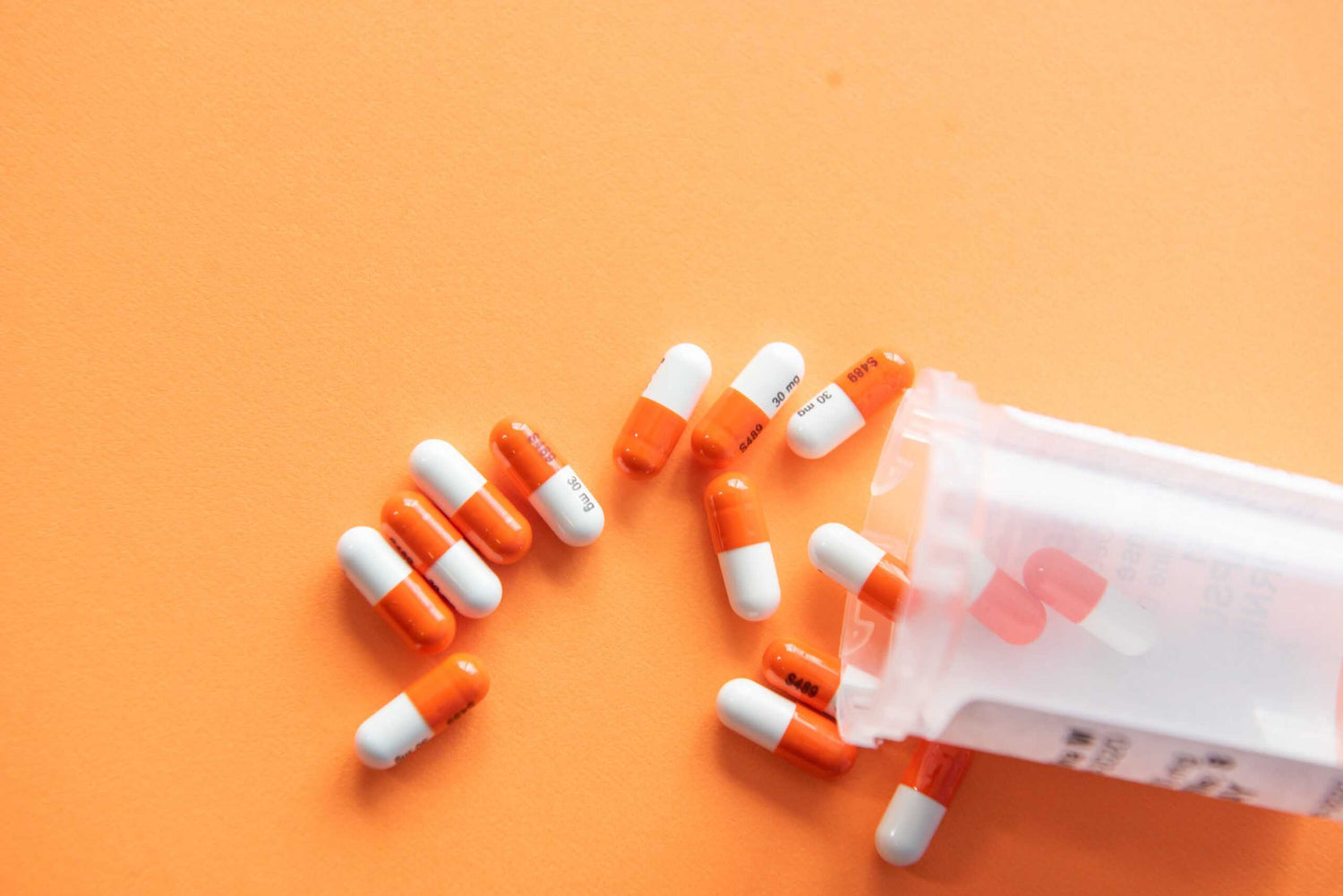Understanding the role of medication and Nitric Oxide for managing blood pressure

Understanding the role of medication and Nitric Oxide for managing blood pressure
High blood pressure, also known as hypertension, is a serious health condition that can increase the risk of heart disease, stroke, and other health complications. If left untreated, it can be dangerous. That's why it's important to manage hypertension through various means. Generally, this includes medication, but we will explore some lifestyle changes that your practitioner may recommend to help support your success.
The most traditional way of managing hypertension is through the use of blood pressure medication. These medications work by relaxing blood vessels and decreasing the workload of the heart, which helps to lower blood pressure. There are several types of blood pressure medications available, such as diuretics, ACE inhibitors, beta blockers, and calcium channel blockers. Your doctor can help determine which type of medication, if any, is right for you.
In addition to medication, lifestyle changes can also be helpful in managing hypertension. Maintaining a healthy weight, getting regular exercise, eating a balanced diet, and limiting alcohol and sodium intake are all recommended. Adequate levels of Nitric Oxide in the body have also been shown to significantly lower blood pressure among people with mild to moderate hypertension. Nitric Oxide can be supported in your body through consumption of dietary nitrates, through supplementation or through the consumption of leafy greens and beetroot.
It's important to have your blood pressure checked regularly, as hypertension often has no noticeable symptoms. If your blood pressure readings are consistently high, talk to your doctor about developing a treatment plan that may include lifestyle changes and medication. Remember that managing hypertension is crucial in reducing your risk of heart disease and other health complications.
Few Outward Signs
Unfortunately, hypertension’s reputation for being “silent” reflects a relative lack of symptoms associated with this condition. It’s possible to suffer from dangerously high blood pressure with few outward signs of your condition. That’s why it’s extremely important to have your blood pressure measured by your doctor on a routine basis.
Our blood pressure naturally rises and falls naturally throughout the day. Among other things, our emotions, stress level, and certain activities can temporarily boost blood pressure. That’s why doctors are now encouraged to take multiple readings, rather than the traditional single reading, when you show up for an appointment.
Many patients suffer from what’s known as “white-coat hypertension”. This is a common phenomenon in which the mere sight of a doctor’s white coat—or the thought of being examined—can elevate one’s blood pressure. Fighting traffic, running for the elevator, and making your appointment with moments to spare can all result in temporarily high blood pressure. However, consistently high blood pressure readings warrant further inquiry and investigation into hearth health and circulatory function.
For the record, undiagnosed, relatively severe hypertension may manifest various symptoms, such as nosebleeds, fatigue, blurred vision, confusion, chest pain, or abnormal heartbeat. If you experience any of these warning signs, seek medical attention immediately.
A Time for Change
Of course, if your doctor notifies you that he or she is genuinely concerned about your readings, it may be time to address your hypertension. Depending on just how high your numbers have climbed, you will probably be prescribed various lifestyle changes to help bring your pressure under control. Weight loss is a prime goal. Excess weight almost inevitably correlates with elevated blood pressure as excess inactivity and smoking.
In the past, blood pressure could only be monitored by a healthcare professional trained to use a blood pressure cuff. But these days, many digital, self-measuring devices are available to consumers. If you have been diagnosed with hypertension, it may be advisable to invest in one of these simple-to-use devices so you can monitor your pressure throughout the day and evening.
Adequate levels of Nitric Oxide in the body have also been shown to significantly lower blood pressure among people with mild to moderate hypertension. Nitric Oxide can supported in your body through consumption of dietary nitrates, through supplementation or through the consumption of leafy greens and beetroot. The nitrates in these vegetables are converted to Nitric Oxide, which serves as a vasodilator in your body and helps relax blood vessel muscle cells, widen pathways for blood to flow, and help achieve healthy blood pressure levels.
Supporting adequate Nitric Oxide levels
Dietary nitrates are a reliable way of supporting adequate Nitric Oxide levels as you age. Two pathways are leveraged to create Nitric Oxide in the body, one enzymatic pathway dependent on a functional eNOS enzyme, and the nitrate – nitrite – Nitric Oxide pathway which is not enzyme dependent. As stress or age set in, the eNOS enzyme breaks down and we are less likely to be able to create Nitric Oxide through that pathway. Dietary nitrates taken in through a diet or a supplement leverage oral microbiome to create Nitric Oxide, and can support Nitric Oxide levels independent of the eNOS enzyme.
Citations:
Centers for Disease Control and Prevention. (2021, January 15). High Blood Pressure. https://www.cdc.gov/bloodpressure/index.htm
Hord, N. G., Tang, Y., & Bryan, N. S. (2019). Food sources of nitrates and nitrites: the physiologic context for potential health benefits. The American journal of clinical nutrition, 109(suppl_1), 1-5.
National Heart, Lung, and Blood Institute. (2021, January 12). High Blood Pressure. https://www.nhlbi.nih.gov/health-topics/high-blood-pressure